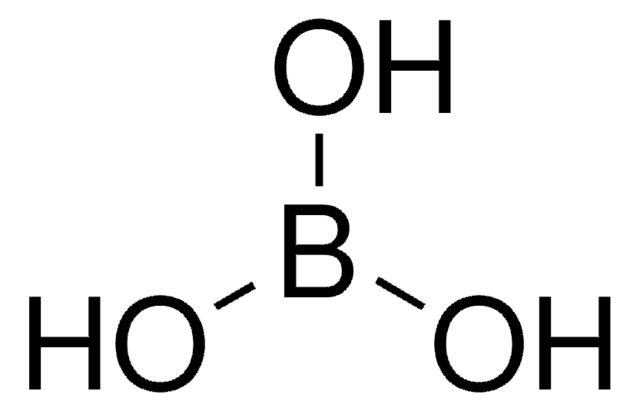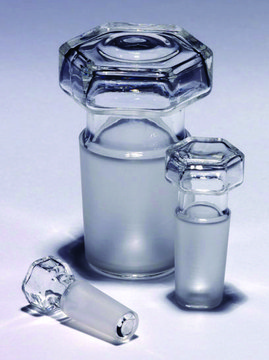1.25049
Phosphorus (total) Standard Solution
traceable to SRM from NIST 75.0 mg/L PO₄-P (total) in H₂O
About This Item
Recommended Products
Agency
traceable to NIST
Quality Level
specific analyte(s)
phosphorus
concentration
75.0 mg/L (PO4-P in H2O)
technique(s)
photometry: suitable
format
single component solution
storage temp.
15-25°C
1 of 4
This Item | 30743 | 258105 | SX1244 |
|---|---|---|---|
| grade puriss. | grade - | grade - | grade - |
| assay 95-97% | assay 95.0-97.0% | assay 95.0-98.0% | assay 95.0-98.0% |
| Quality Level 200 | Quality Level 200 | Quality Level 200 | Quality Level 200 |
| form liquid | form liquid | form liquid | form liquid |
| density 1.840 g/mL at 25 °C (lit.) | density 1.840 g/mL at 25 °C (lit.) | density 1.840 g/mL at 25 °C (lit.) | density 1.840 g/mL at 25 °C (lit.) |
| anion traces chloride (Cl-): ≤1 mg/kg, nitrate (NO3-): ≤1 mg/kg | anion traces chloride (Cl-): ≤0.1 ppm, nitrate (NO3-): ≤0.2 ppm, phosphate (PO43-): ≤0.5 mg/kg | anion traces MnO4- reducers: ≤2 ppm, chloride (Cl-): ≤0.2 ppm, nitrate (NO3-): ≤0.5 ppm | anion traces chloride (Cl-): ≤0.2 ppm, nitrate (NO3-): ≤0.5 ppm |
General description
These Spectroquant® standard solutions perfectly complement our ready-to-use test kits and photometers within the Spectroquant® portfolio and are ideal for validating international norm methods described in e.g., ISO, EN, APHA, and EPA.
Please visit the Reference Material Quality Grade website to find a comprehensive overview of our different grades of standards.
Application
Features and Benefits
- Manufactured and tested in DIN EN ISO 9001:2008 accredited laboratory
- The solution is pre-diluted to a concentration that falls into the range of our Spectroquant® test kits. This eliminates the need for dilution prior to analysis and hence avoids a common source of error
- Ready-to-use diluted reference materials (RMs) along with expanded measurement uncertainty ensure absolute precision
- Accompanied with a certificate of analysis (COA) detailing the certified values, including uncertainty and expiry date
- Directly traceable to standard reference materials (SRM) from the National Institute of Standards and Technology (NIST) or to United States Pharmacopeia (USP)
- Reliable and reproducible results
Analysis Note
Legal Information
Storage Class Code
12 - Non Combustible Liquids
WGK
nwg
Flash Point(F)
Not applicable
Flash Point(C)
Not applicable
Certificates of Analysis (COA)
Search for Certificates of Analysis (COA) by entering the products Lot/Batch Number. Lot and Batch Numbers can be found on a product’s label following the words ‘Lot’ or ‘Batch’.
Need A Sample COA?
This is a sample Certificate of Analysis (COA) and may not represent a recently manufactured lot of this specific product.
Already Own This Product?
Find documentation for the products that you have recently purchased in the Document Library.
Customers Also Viewed
Articles
A new HPTLC method to detect adulteration of essential oils is presented along with a range of newly added essential oil reference materials for authenticity analysis.
Our team of scientists has experience in all areas of research including Life Science, Material Science, Chemical Synthesis, Chromatography, Analytical and many others.
Contact Technical Service







